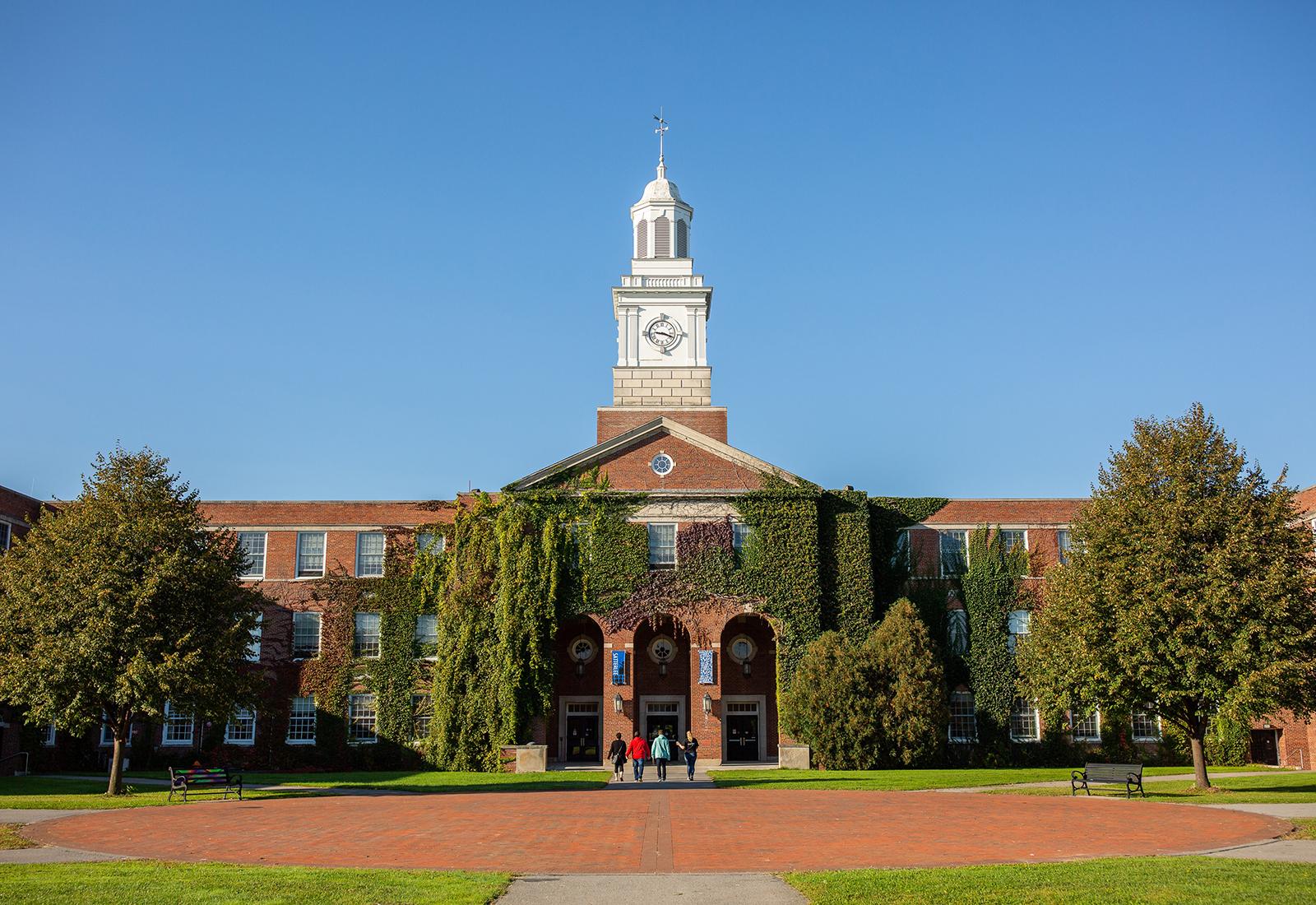How Much Does College REALLY Cost?

College costs get a lot of press coverage because of the rapid rate with which they are rising. But the rates that are normally quoted as being the price of a college education is usually a look at only three factors- state college tuitions for in state and out of state students, and tuition rates for private colleges. In reality, there are several other factors that weight heavily on college costs, and public and private colleges are not the only options available to students.
When calculating the cost of a college, the tuition will likely be one of the largest costs, but not necessarily so. The costs of books, room, and board continue to grow along with tuition rates. Much of the living costs depend on whether the student is living in on-campus or off-campus housing. Some colleges actually require freshmen or even all undergraduates to live on campus. This lowers the cost of housing, as the price of water and other utilities are included in the price. It also lowers transportation costs that would have been incurred by commuting to campus.
Choosing off-campus housing may be a preference of the student, but often the college in question simply doesn’t have enough on-campus housing to meet the demand. In these cases, the off-campus housing costs may be even high than the year’s tuition.
A student attending a state college can expect to pay an average tuition of about $5,000. This is the tuition of the full school year, whether divided into three quarters, two semesters, or by some other arrangement. The average full costs of a state school, including the books and basic living expenses, is $11,000 a year. This may be reduced somewhat by living in a dormitory with roommates, and it can be increased significantly by living off-campus and commuting to school.
The highly sought after private colleges are raising tuition at rapid rates- even faster than state schools. A student today can expect to pay about $20,000 for yearly tuition to a private college. This is raised to a whopping $27,500 a year with books, room, and board included. The average cost of a private college education is then more than $100,000. This represents the average of private schools, though there are schools to be found that charge much less and much more. Harvard, for instance, currently charges $30,000 a year in tuition fees alone. Some smaller, specialized colleges without Ivy League reputations charge no more than $8,000 to $10,000 per year for tuition.
Other costs that are rarely factored into the cost equation are the health insurance costs. A college student attending school full time may be eligible for a student health insurance plan, if one is available at the student’s school. This is a fixed monthly expense that may rise yearly. The other option is to add the student onto the plan if the parent or guardian. This is legal until the student reaches the age of 23. At that age the student must purchase his or her own health plan as an adult.
Finding Other Solutions
During the last 49 years, the rate of rise in tuition rates has outstripped the general inflation rate for 43 of those years. Because of the steep rises, the costs have become much more than many families can afford. But, there are a number of alternate solutions for students to lower the cost of college.
One way to graduate for a lot cheaper is to attend a junior college instead of a four year school. Junior colleges cost about $2,000 in tuition per year. Their programs last only two years, so an entire associates degree will cost less than one year of a state college. Some students also choose to attend a junior college for the first year or two before transferring to a more expensive four year college. This lowers the rate during the time the student spends in the junior college, and allows the student to take core curriculum classes at the cheaper rate and then transferring those credits.
There are also an increasing number of colleges that offer online courses or even entire online degrees. These are sometimes offered in lieu of regular classes, and are charged at the same credit hour rate as classes taught in a classroom. But, some colleges are making their online courses less expensive in order to cut their own costs for classroom space and resources that the college would otherwise have provided, such as computer use. Online classes also lower transportation costs for students who would have otherwise traveled to campus for the classes.
Filling in the Gap
Financial aid is now the norm at most schools, both public and private. Most private schools have a high percentage of students who are receiving some type of student aid. This can be awarded by the school, funded by the school’s endowment or by the tuition paid by other students. It can also be from private grants or fellowships, and/or from government-sponsored Pell grants. In the 2002-03 year, about $105 billion was pumped into the nations colleges by various financial aid sources.
Students also must borrow money to meet their tuition and living costs. Receiving student aid isn’t always a grant or scholarship. During the 2003-04 year, more than 65 percent of college students took out some type of loan to finance their education. The average student graduating that year did so $17,000 in debt. To get a student loan, the student is considered dependent on the income of the parent or guardian until the student reaches the age of 24. Even if a student is financing the tuition without the help of a parent, the financial aid rules still apply. If the income of the parents is within the range determined by their loan applications, dependent on income, assets, and debt, the student is eligible for loans as well as Pell grants. Using federal student loans in conjunction with grants and scholarships has gone a long way to bridge the gap between the amount many families can afford to pay and the real cost of college.






